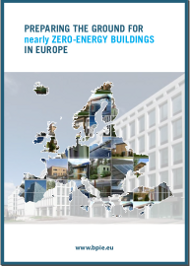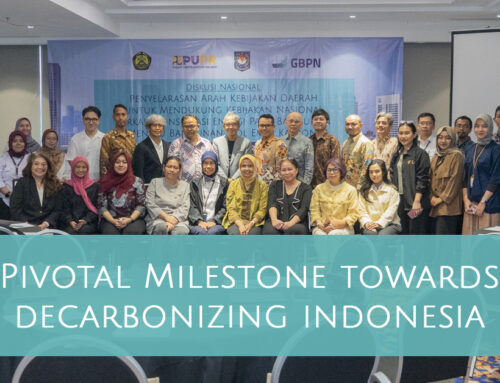[Report] Preparing the Ground for Low Energy Buildings in Central and Eastern Europe
EUROPE欧洲
The Building Performance Institute Europe (BPIE), the GBPN European Hub, has researched ambitious definitions and roadmaps for Romania, Poland and Bulgaria which will help these countries progress towards the nearly zero-energy standard and thereby help to dramatically reduce energy consumption levels. The recommended approach – delivering important environmental and economic benefits – is a holistic one, combining policy with support measures and advising governments to make buildings part of their overarching energy strategy.

European legislation on buildings (EPBD) and energy efficiency (EED) requires European member states to develop strategies on how to transform their national building stocks into more climate friendly constructions. Indeed, very low energy performance standards, so-called ‘nearly Zero-Energy Buildings’ will become mandatory for all new constructions from 2020 onwards. To facilitate this process and to demonstrate the technical and economic feasibility of ambitious approaches to low energy buildings, the BPIE has undertaken a technical and economic analysis of the situation in three Central and Eastern EU countries – Poland, Romania and Bulgaria.
The three studies entitled ’Implementing nearly Zero-Energy Buildings, Towards a national definition and roadmap’ build on the previous BPIE report Principles for nearly Zero-Energy Buildings and evaluate through simulations whether the assumptions and recommendations made earlier (specifically on acceptable energy demand and CO² levels as well as the integration of renewable energy sources) hold true for Romania, Poland and Bulgaria. The results of the study, which BPIE sees as ‘food for thought’ more than a ‘doctrine’, illustrate that implementing state-of-the art technologies can bring considerable energy and CO2 savings and thereby reduce the energy bill.
Among the four GBPN priority regions, the EU is the one that can achieve the greatest reduction in energy use (65%) and CO2 emissions (66%) by 2050 compared to 2005 levels despite an increase in floor area (by 27%), population and economic activity. At Least 1 Gt CO2 by 2030 and more than 1.2 Gt CO2 by 2050 can be saved compared to today’s carbon emissions.
Download the studies at www.bpie.eu
For more info about our activities in Europe, click here
Share This Story, Choose Your Platform!
Stay in touch with how we’re transforming the buildings sector
GBPN runs innovative building policy reform programs in key regions around the world that aim to tackle the climate emergency by decarbonising the buildings sector. Stay up to date with our newsletter.
Stay in touch with how we’re transforming the buildings sector
GBPN runs innovative building policy reform programs in key regions around the world that aim to tackle the climate emergency by decarbonising the buildings sector. Stay up to date with our newsletter.






